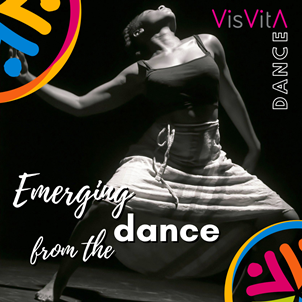“Every dance is and gives ecstasy.”
_Curt Sachs
It is an accepted fact that dance is an ideal activity to improve our physical, emotional, and mental state. Physically increased heart rate and circulation may improve muscle tone, lung capacity and nourish the brain. However, beyond this, when our body functions optimally, our hormones and other information-carrying molecules not only stimulate the body at a cellular level but also carry information about how we are feeling and experiencing the world. Our body responds to our feelings and in time will create habitual fallback positions. We then find that our experiences of life are based on default mechanisms – whether these be emotional mechanisms or the non-stop narrative that runs through our brains.
For many the body represents the subconscious; this means that often it is experienced separately from conscious thinking and direction. It is difficult to change the functioning of the body from a top-down approach, especially when it comes to our habitual patterns of behaviour.
What this means is that if we want to change the habitual ways in which we experience or feel about life we need to program new information into the system. Dance not only releases endorphins that improve our mood but over time can have a lasting impact in changing our default position. In addition to this, the brain is stimulated and new patterns of behaviour and feelings emerge.
Emerging from the dance is a new person with improved mood, vitality, and positivity. As self-confidence increases another emergent quality is self-esteem. As we begin to change through the dance our focus shifts. We notice our connection to others and in those magical moments when we surrender completely to the dance, cosmic bliss emerges sending us into states of ecstasy.
_Christos Daskalakos


%20310.png)
%20310.png)
No comments:
Post a Comment